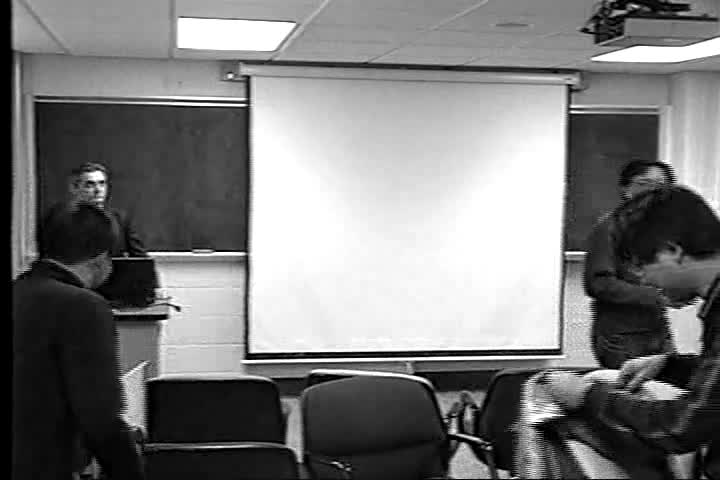Virtual Prototyping of Hearing Aids Using Numerical Modeling and Supercomputing
Presenter
October 17, 2008
Keywords:
- numerical models
MSC:
- 65C20
Abstract
In an effort to efficiently manufacture quality products, numerical models and empirical measurements are used to predict (virtually) the performance of a hearing aid. Finite element analysis is used to study multi-physics processes such as thermo-mechanically induced stress due to heat flow from soldering, acoustic and structural interactions due to transducer vibration, and mechanical shock failure due to drop testing. Following a synopsis of hearing-aid anatomy, the presentation will show numerous animations depicting results from the virtual prototypes.
Dr. Burns received a Ph.D. in engineering acoustics from Penn State, specializing in signal processing of acoustical holography measurements. He joined Starkey Labs in November of 1999, following periods as a consultant in concert hall acoustics at Kirkegaard Associates, and a senior design engineer of condenser microphones at Shure. Currently, he is the Director of Starkey’s Applied Technology and Research Group, and serves on the Hearing Aid Measurement Standards committee for ANSI Bioacoustics (S3/WG48). By day, he directs an advanced development team of engineers at Starkey. By night, he changes diapers and lulls his kids to sleep by playing Chopin Nocturnes on his concert grand.
